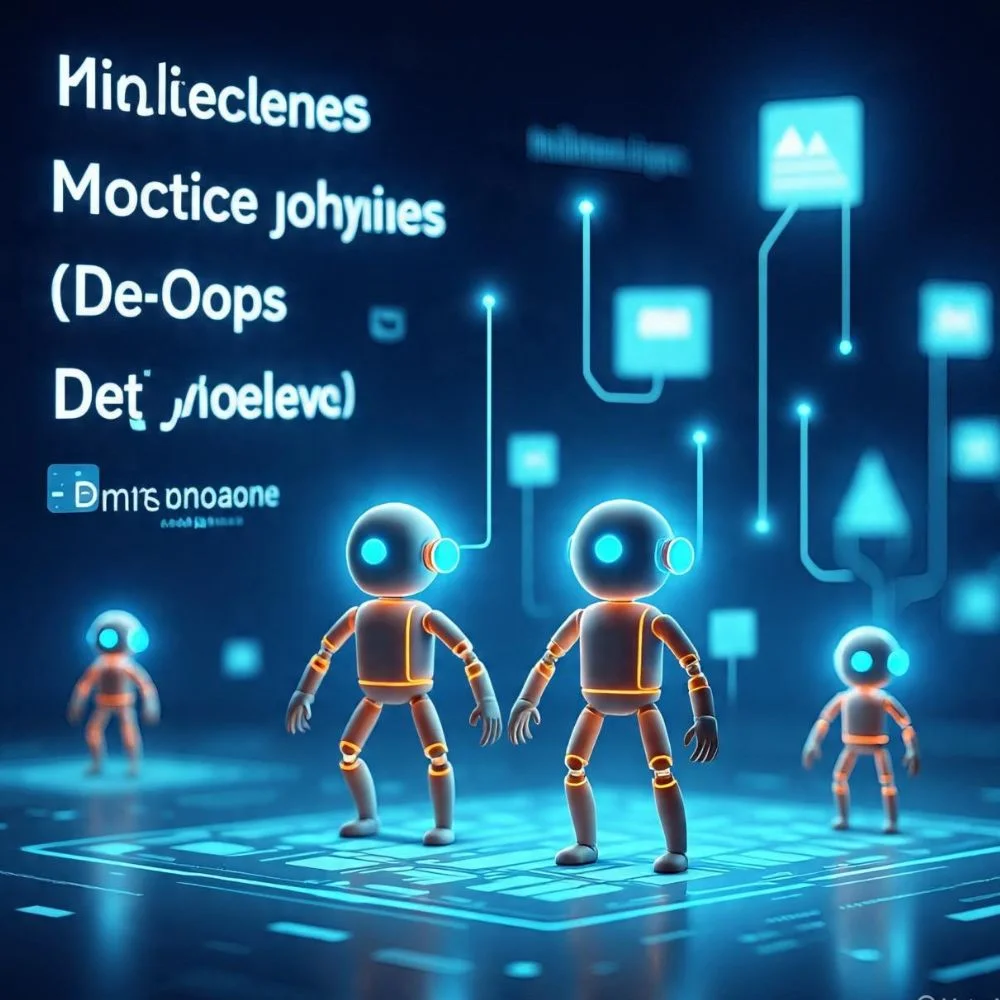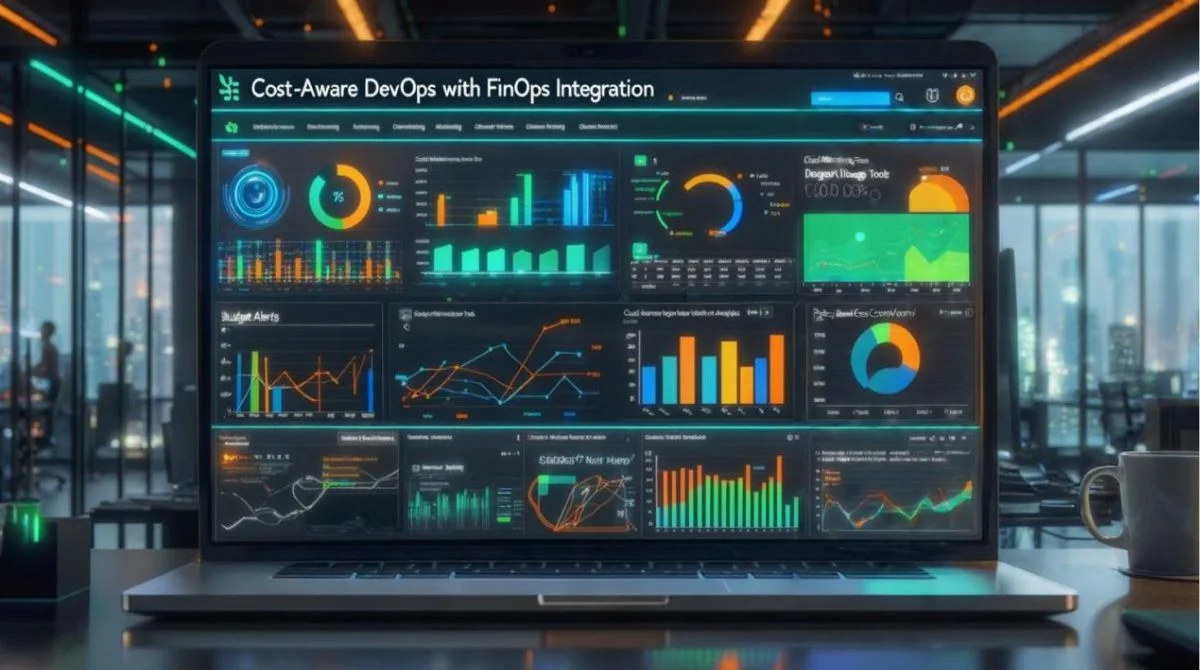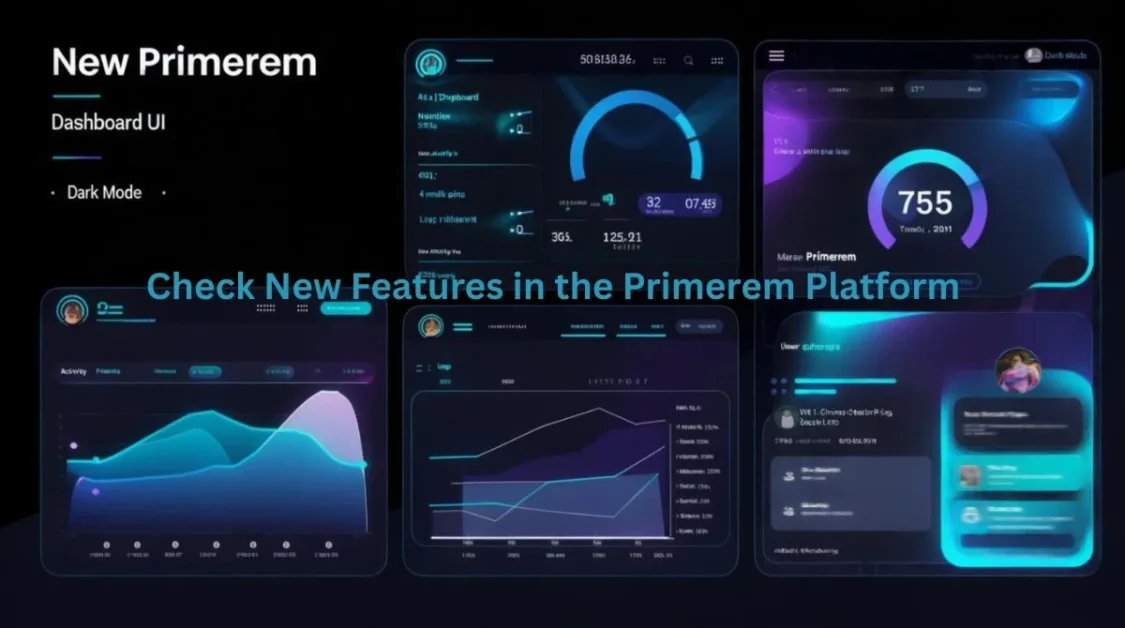DevOps automation has become a heartbeat of modern software work. It brings together code writing, testing, delivery and upkeep using smart tools and smart steps. In 2025 we’re seeing big leaps every team wants to move faster, break fewer things and keep systems safe and green. Let’s walk through all the top trends, tools and reasons they matter, using everyday words so you get it quickly.
AI & AIOps: Smart in Every Step
Gone are the days when you ran pipelines by hand. Now, AI and machine learning are helping fix and speed things up:
- Smart pipeline helpers watch your build and tell you if something’s going to break before it breaks. They spot bottle necks and fix them on the fly.
- Predictive monitoring uses patterns in logs and performance. Imagine your system warning you, “Hey, this might crash soon!”.
- Self-healing systems spot issues, restart services or reboot failing instances all without a person logging in.
- Natural Language interfaces let you tell the tools what to do. Think: “Hey pipeline, rerun tests on module X”.
- AI powered quality checks write tests and suggest performance tweaks automatically.
Google sees AIOps as essential no future without it. Why it matters? Makes DevOps faster, smarter and less prone to crashes. Teams can catch errors before users see them.
GitOps & Platform Engineering: Let Code Drive Everything
Sticking every setting in Git is now mainstream:
- GitOps uses Git repos as the only right place for infrastructure and config. If it isn’t tracked in Git, it’s treated as if it doesn’t exist.
- Platform engineering builds internal tools to let developer’s self-serve. Developers complain less and ship faster.
This trend means fewer tickets, instant dev environments and more consistent results among teams.
DevSecOps & Security as Code: Safety First, Not Later
Security is built into the process from the beginning, not added as an afterthought:
- Shift-left security puts scanning right in the pipeline: think code scanning, policy checks and secrets scanning early in the cycle.
- Continuous security testing runs every build, catching vulnerabilities fast Security-as-code makes security rules part of your IaC and pipelines so they’re versioned, reviewed and auditable.
This trend is vital for regulated industries like finance and health, but it’s valuable everywhere.
Infrastructure as Code & CCA: Everything as Repeatable Code
No more clicking buttons by hand:
- IaC tools like Terraform, Pulumi and CloudFormation let you script your entire environment.
- Continuous Configuration Automation (CCA) with Ansible, Chef, Puppet or Salt ensures actual and desired states stay aligned.
- CI/CD for IaC is now normal practice automated tests, plan previews and reviews before you apply changes.
This keeps setups consistent, reviewable and less prone to drift.

Observability & Unified Monitoring: Know What’s Happening
Seeing what’s happening, everywhere, at once:
- Unified observability brings logs, metrics and tracing into a single pane (Prometheus, Grafana, OpenTelemetry) Full-stack views link infrastructure errors to user complaints makes debugging faster and simpler AI-assisted anomaly detection flags odd behaviors before they become incidents.
- Together they cut time to find and resolve issues.
FinOps & Cost Optimization: Control Cloud Bills
Cloud bills go up fast unless you pay attention:
- FinOps adds cloud cost checks right into your pipeline automated alerts, tags and cleanup processes.
- Builds let you catch unused servers, oversized databases or forgotten storage before charges pile up.
- Tagging, alerts, budgets all tied to deployments and tracked like code changes.
This helps teams spend smart develop faster and save money.
Green DevOps: Being Kind to the Planet
More than saving money, it’s about being sustainable:
- Efficiency-first pipelines reduce resource waste: teardown after use, smaller containers, minimal VMs Carbon-aware autoscaling launches workloads when greener energy is available (e.g., late at night).
- Reporting surfaces environmental impact: “this pipeline consumed X kWh, Y CO₂”.
For companies that care about ESG, green DevOps shows that they mean it.
TestOps: Smarter, Targeted Testing
Key in 2025:
- Automating tests based: on what changed, not everything all at once Lifecycle awareness keeps tests tight, updated and not flaky.
- Dashboards: let teams see test health and coverage across releases.
It means better tests, fewer false alarms and faster pipelines.
App Release Automation: Smoother Deployments
Instead of manual steps to go live:
- ARA tools package apps, manage environments, coordinate when multiple parts updates together.
- Handles versioning, rollbacks, canary releases and blue-green deployments.
This keeps production safe and recovery simple.
DevOps + MLOps: One Pipeline for All Code
AI isn’t special; it should flow with everything else:
- Companies are uniting DevOps and MLOps: versioning, training, tests, deployments and monitoring all in one pipeline.
- ML models become normal artifact: version-controlled, tested and promoted just like code.
Helps maintain regulatory standards, manage systems effectively and deliver AI features seamlessly. It’s a major move toward delivering software and AI in a more streamlined and intelligent way.

Top Tools Powering These Trends
Reddit and LinkedIn show the most in-demand tools for 2025:
Top DevOps tools: GitHub Actions, Terraform, Kubernetes, Argo CD, Docker, Jenkins, Prometheus, Ansible, Vault, Pulumi
Favourite automation and IaC tools are:
- GitHub Actions for CI/CD.
- Terraform / Pulumi for infrastructure.
- Argo CD, Ansible, Chef, Puppet, SaltStack for configuration.
- Qovery, GitLab CI/CD, CircleCI, Selenium, Datadog and more in top 10 lists.
Select tools based on your team size, needs and skillset.
Why These Trends Matter to You?
- Faster software delivery: Automate every step; ship more often, safer.
- Reduced risks and better quality: Catch issues early with testing, security scans and infrastructure validations from the start.
- Cost-optimized operations: Cloud stays affordable, green and efficient.
- Adaptable infrastructure: Treat infra like code: versioned, tested, reviewed.
- More efficient teams: Let AI manage repetitive tasks so your team can concentrate on creative and strategic work.
- Future-ready platform: MLOps, AIOps, green tools you’re keeping up.
How to Start Adopting These Trends Today?
- Pick one area first: Example: add security scans in CI/CD.
- Start with small experiments: Test GitOps on a single service before applying it across all projects.
- Adopt tools gradually: Begin with monitoring, then bring in cost tracking (FinOps), and later introduce AI features.
- Train your team: Workshops, pairing, docs help tools get adopted.
- Measure results: Track deploy time, MTTR, cost, CO₂.
- Grow gradually: Platform engineering next, then unify Dev/MLOps.
The 2025 DevOps Playbook
- AI/AIOps speeds up detection, fixing and deployment.
- GitOps & platform engineering give teams more autonomy and consistency.
- DevSecOps & security-as-code keep safety in every change.
- IaC/CCA makes your setups stable and predictable.
- Observability gives clear insights across systems.
- FinOps ensures your wallet keeps pace with your cloud.
- Green DevOps proves your company cares about climate.
- TestOps sharpens your testing game.
- ARA streamlines how you deliver apps.
- DevOps + MLOps treats models like software with trust, review and governance.
Further Reading (for deeper insights)
- “The Future of DevOps” key innovations and AI, security, sustainability Qovery’s top 10 automation tools for cloud native DevOps.
- Key trends like self-healing and green DevOps from CTO Magazine.
- Top 8 DevOps trends from Ksolves including FinOps, observability.
- Unified DevOps+MLOps from TechRadar news.
Conclusion
In 2025, DevOps automation isn’t a luxury it’s a core strategy. These trends work better together than alone. Start small, measure impact, and build a modern pipeline that’s: Fast, Secure, Economical, Sustainable, Intelligent. Keep learning, stay curious and your next release will shine.



